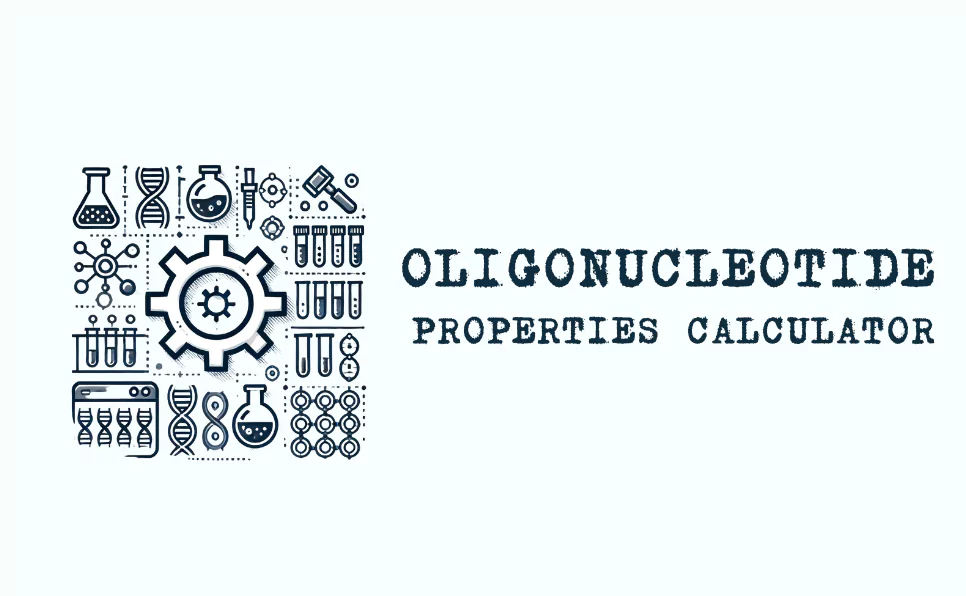The Reverse Complement Tool is a bioinformatics utility designed to transform nucleotide sequences into their reverse, complement, or reverse complement sequences.
Reverse Complement Tool
This tool is essential for various molecular biology and genetics applications, providing researchers with quick and accurate sequence transformations.
Concept
Nucleotide Sequences: Nucleotide sequences are strings of nucleotides (A, T, C, G) that represent the primary structure of DNA. These sequences are pivotal in numerous biological processes, including replication, transcription, and translation.
Reverse Sequence: The reverse of a nucleotide sequence is obtained by reading the sequence from the end to the beginning. For example, the reverse of ATGC is CGTA.
Complement Sequence: The complement of a nucleotide sequence involves replacing each nucleotide with its complementary base. In DNA, the complementary base pairs are:
- Adenine (A) pairs with Thymine (T)
- Cytosine (C) pairs with Guanine (G)
For example, the complement of ATGC is TACG.
Reverse Complement Sequence: The reverse complement of a nucleotide sequence is obtained by first finding the complement of the sequence and then reversing the order of the bases. For example, the reverse complement of ATGC is GCAT.
Uses
- Primer Design: When designing primers for PCR, researchers often need the reverse complement of a sequence to ensure proper binding to the template strand.
- Sequence Analysis: Analyzing DNA sequences often requires viewing the reverse complement, especially when comparing coding and template strands.
- Molecular Cloning: In cloning experiments, the reverse complement sequence can be necessary for creating constructs that bind in the desired orientation.
- Bioinformatics: Computational biology tasks often require sequence transformations for database searches, alignments, and other analyses.
How It Works
The Reverse Complement Tool allows users to input a nucleotide sequence and select one of three transformation options:
- Reverse: Outputs the sequence in reverse order.
- Complement: Outputs the complementary sequence.
- Reverse and Complement: Outputs the reverse complement of the sequence.
Example
Given the input sequence ATGC:
- Reverse:
CGTA - Complement:
TACG - Reverse and Complement:
GCAT
Tool Interface and Usage
- Input Sequence: Users can type or paste the nucleotide sequence into the provided text area.
- Transformation Options: Users select the desired transformation option (Reverse, Complement, Reverse and Complement).
- Transform Button: Clicking the ‘Transform’ button performs the selected transformation and displays the result.
- Clear Button: The ‘Clear’ button clears the input and output fields.
- Copy Button: Users can copy the transformed sequence to the clipboard for easy use in other applications.

Dr. Sumeet is a seasoned geneticist turned wellness educator and successful financial blogger. GenesWellness.com, leverages his rich academic background and passion for sharing knowledge online to demystify the role of genetics in wellness. His work is globally published and he is quoted on top health platforms like Medical News Today, Healthline, MDLinx, Verywell Mind, NCOA, and more. Using his unique mix of genetics expertise and digital fluency, Dr. Sumeet inspires readers toward healthier, more informed lifestyles.




